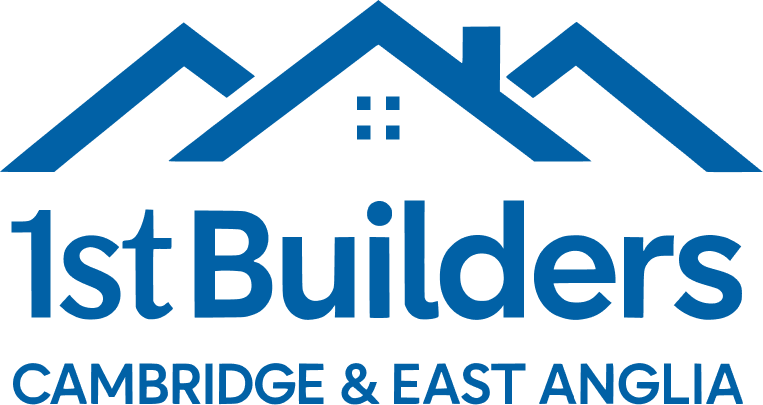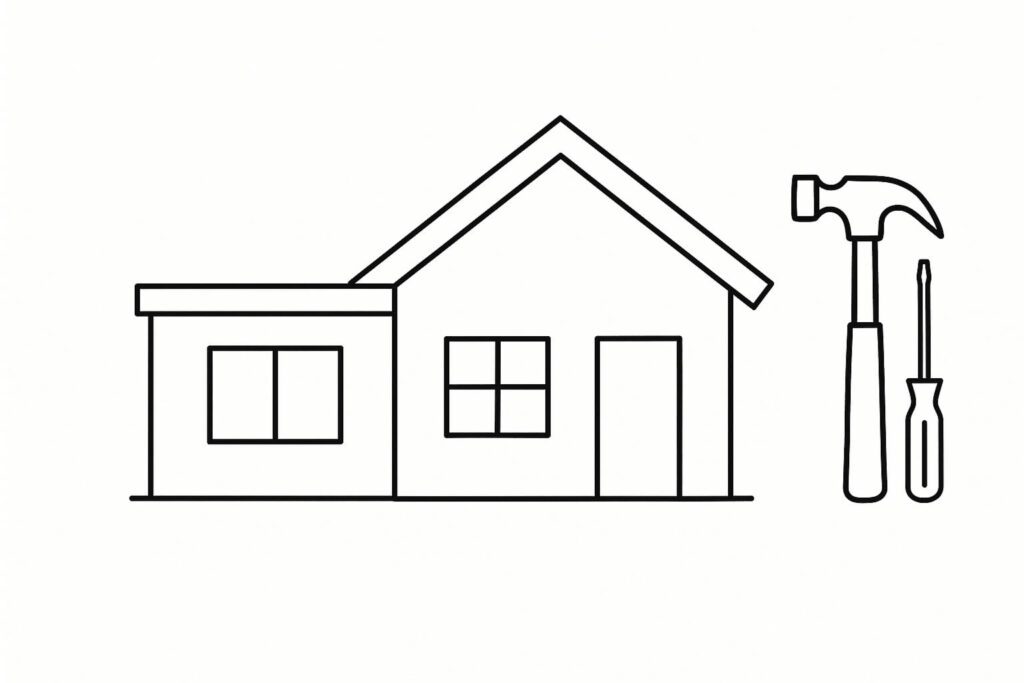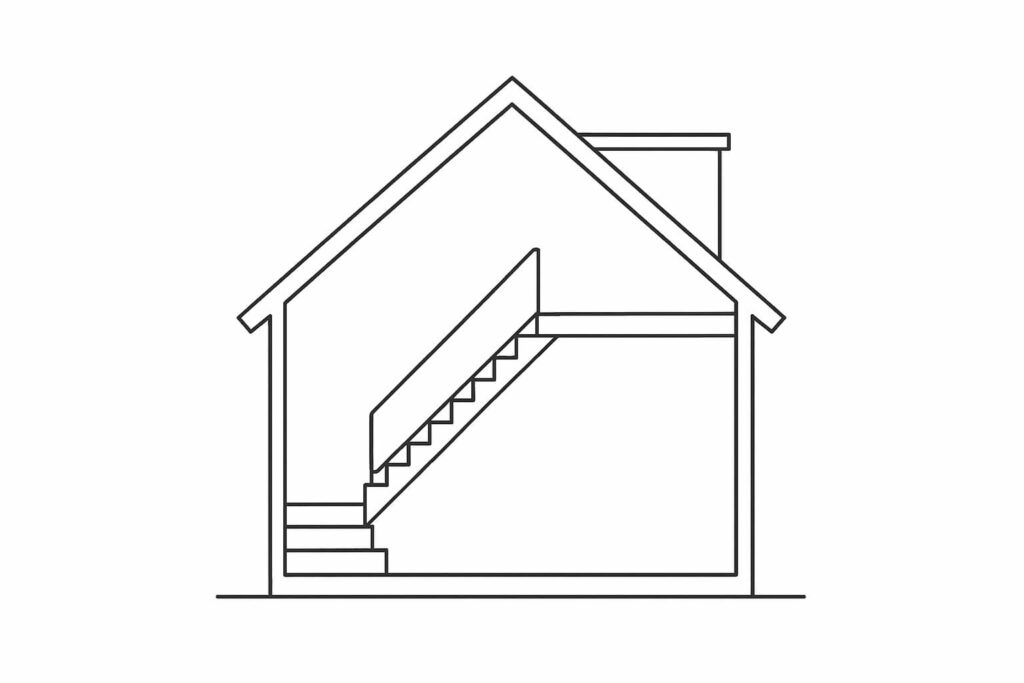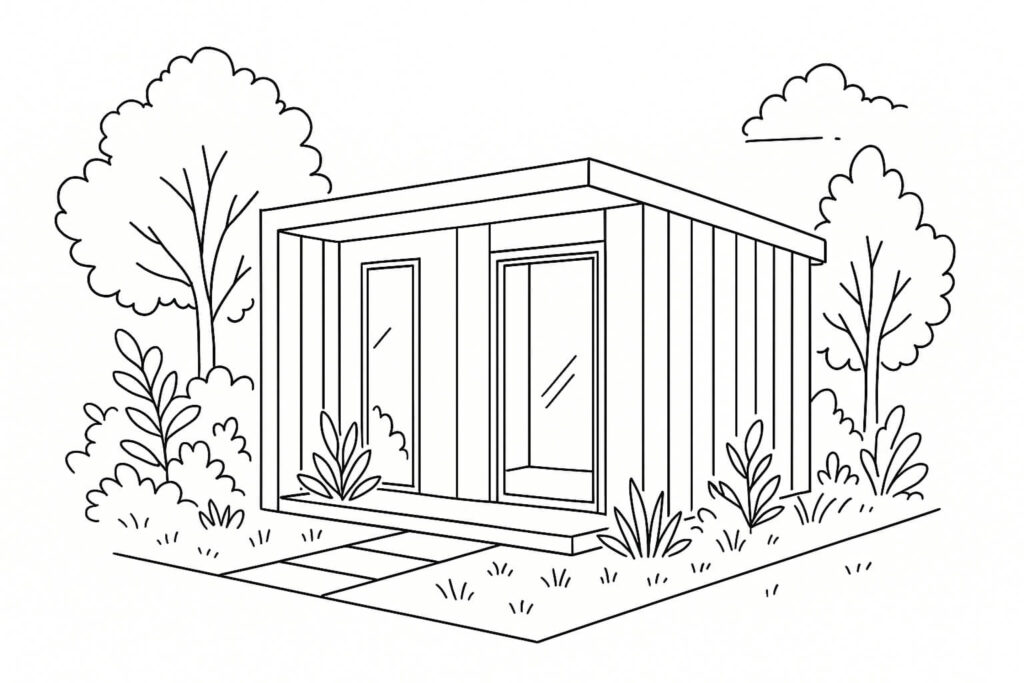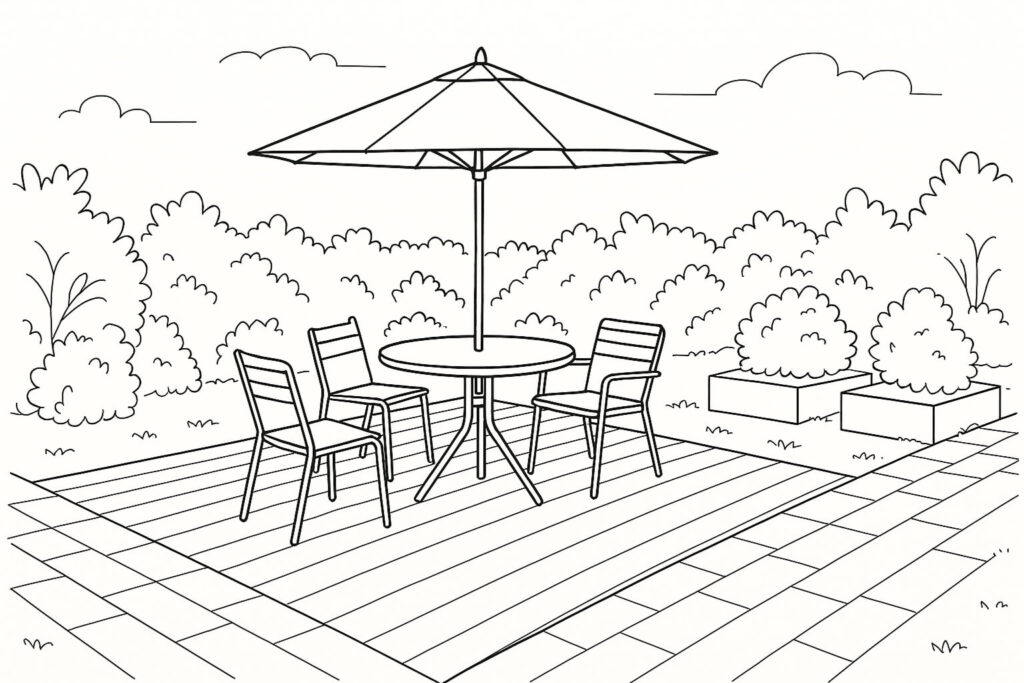House Extensions vs Renovations: Making the Right Choice for Your Cambridge Home
Permalink: /extensions-vs-renovations-cambridge/
When your Cambridge home no longer meets your family’s needs, you face a pivotal decision that will significantly impact both your lifestyle and your property’s value. The choice between extending your existing home or undertaking comprehensive renovations represents more than just a construction decision; it’s a strategic choice that affects your family’s comfort, your property’s functionality, and your long-term financial position. Understanding the advantages, challenges, and considerations associated with each approach helps ensure that you make the right decision for your specific circumstances and objectives.
The appeal of both extensions and renovations has grown considerably as Cambridge property prices have continued to rise, making moving house increasingly expensive and disruptive. Rather than facing the costs and upheaval of relocating, many homeowners are choosing to invest in their existing properties, creating homes that better serve their needs whilst potentially adding significant value. The key lies in understanding which approach – extending, renovating, or combining both – will deliver the best results for your particular situation.
Cambridge’s diverse housing stock, from Victorian terraces through to modern developments, presents unique opportunities and challenges for both extensions and renovations. The city’s planning environment, with its emphasis on preserving architectural character whilst accommodating modern living requirements, requires careful consideration of how different improvement approaches will be received by planning authorities and how they will integrate with existing neighbourhood character.
Understanding the Fundamental Differences
The distinction between extensions and renovations goes beyond simple definitions to encompass different philosophies about how to improve homes and different approaches to solving space and functionality challenges. Understanding these fundamental differences helps homeowners evaluate which approach aligns best with their needs, preferences, and circumstances.
House Extensions involve adding new space to your existing property, whether through single-storey rear extensions, double-storey additions, or more complex multi-directional extensions that transform your home’s footprint. Extensions address space shortages by creating additional rooms and areas, allowing families to remain in homes they love whilst gaining the extra accommodation they need. The appeal of extensions lies in their ability to provide genuinely new space that can be designed specifically for your requirements.
Modern extension design has evolved far beyond simple box additions to encompass sophisticated architectural solutions that enhance both the extended property and its garden setting. Contemporary extensions often focus on creating better connections between indoor and outdoor spaces, improving natural light throughout the home, and creating flexible living areas that serve multiple functions.
House Renovations involve transforming existing spaces to better serve current needs, whether through reconfiguring room layouts, updating fixtures and fittings, or completely reimagining how spaces function. Renovations can range from cosmetic updates that refresh tired interiors through to comprehensive restructuring that creates entirely new spatial arrangements within existing building envelopes.
The power of renovation lies in its ability to unlock the hidden potential of existing spaces, often revealing possibilities that weren’t apparent in the original layout. Skilled renovation can transform cramped, poorly-lit spaces into bright, functional areas that feel significantly larger than their actual dimensions suggest.
When Extensions Make the Most Sense
Certain circumstances and objectives make extensions the preferred choice for Cambridge homeowners seeking to improve their properties. Understanding these situations helps identify when the additional complexity and cost of extending represents the best investment in your home’s future.
Genuine Space Shortages represent the most obvious indication that extension might be necessary. When your family has simply outgrown your existing accommodation and no amount of reconfiguration can create the space you need, extension becomes the logical solution. This might involve families with growing children who need additional bedrooms, professionals requiring dedicated home office space, or households seeking larger kitchen and living areas for entertaining.
Specific Functional Requirements that cannot be accommodated within existing spaces often drive extension projects. This might include the need for ground-floor bedroom and bathroom facilities for elderly family members, the desire for large kitchen-dining-living areas that support modern family life, or requirements for specialist spaces such as music rooms or home gyms that need specific acoustic or technical characteristics.
Garden Integration Opportunities make extensions particularly appealing when they can create better connections between indoor and outdoor spaces. Single-storey rear extensions that open onto gardens through large glazed doors can transform both the extended space and the garden, creating indoor-outdoor living areas that significantly enhance lifestyle appeal.
Property Value Optimisation considerations sometimes favour extensions, particularly when comparable properties in the area have been successfully extended or when the local market demonstrates strong demand for larger homes. Well-designed extensions can add more value than they cost, making them attractive investments as well as lifestyle improvements.
The relationship between extensions and other improvements, such as loft conversions or garden rooms, can create comprehensive solutions that address multiple space requirements whilst maximising overall property potential.
When Renovations Offer Superior Solutions
Renovation approaches often provide more cost-effective and less disruptive solutions to common space and functionality challenges. Understanding when renovation represents the optimal choice helps homeowners avoid unnecessary complexity whilst achieving excellent results.
Layout Optimisation can often solve space problems without adding square footage, particularly in older properties where room layouts reflect historical living patterns that don’t suit contemporary lifestyles. Removing walls between small rooms to create larger, more flexible spaces, reconfiguring kitchens to improve workflow, or reimagining circulation areas can dramatically improve functionality without extending the building envelope.
Period Property Considerations often favour renovation approaches that preserve architectural character whilst updating functionality. Cambridge’s abundance of period properties means that many homeowners face the challenge of modernising homes whilst respecting their historical significance. Sensitive renovation can achieve this balance more effectively than extensions that might compromise architectural integrity.
Budget Constraints frequently make renovation the more practical choice, as the costs of extending – including planning applications, structural work, and new construction – often exceed renovation costs significantly. Renovation allows homeowners to achieve substantial improvements within more modest budgets whilst potentially providing better value for money.
Disruption Minimisation considerations favour renovation when families need to remain in their homes during improvement work. Whilst all building work involves some disruption, renovation projects can often be phased to allow continued occupation, whereas extensions frequently require temporary relocation or significant lifestyle adjustments.
Planning Constraints in conservation areas or other sensitive locations sometimes make renovation the only viable option for property improvement. When planning permission for extensions proves difficult or impossible to obtain, renovation offers an alternative route to achieving improved functionality and appeal.
Combining Approaches for Comprehensive Solutions
Many successful home improvement projects combine extension and renovation approaches, creating comprehensive solutions that address multiple objectives whilst maximising overall value and impact. Understanding how these approaches can work together helps homeowners develop strategies that deliver superior results.
Phased Development Strategies allow homeowners to implement improvements over time, potentially starting with renovations that improve existing spaces before adding extensions that provide additional accommodation. This approach spreads costs over time whilst ensuring that each phase contributes to a coherent overall vision.
Complementary Improvements often work better together than individually, with renovations preparing existing spaces to integrate effectively with new extensions. For example, renovating existing kitchen and living areas whilst adding a single-storey rear extension can create comprehensive entertaining spaces that feel cohesive and well-planned.
Value Maximisation strategies often involve combining approaches to address different aspects of property improvement simultaneously. This might involve renovating bathrooms and bedrooms whilst extending ground floor living areas, creating comprehensive improvements that appeal to a broad range of potential buyers whilst serving current family needs effectively.
Design Considerations for Different Property Types
Cambridge’s diverse housing stock requires different approaches to extensions and renovations, with solutions that work well for Victorian terraces potentially being inappropriate for 1930s semi-detached houses or modern developments. Understanding these differences helps ensure that improvement strategies complement rather than compromise existing architectural character.
Victorian and Edwardian Properties often benefit from renovation approaches that restore original features whilst updating functionality for modern living. These properties typically offer generous room sizes and attractive architectural details that can be enhanced through sensitive renovation. Extensions to period properties require particular care to ensure that new additions complement rather than dominate existing architecture.
Inter-War Properties frequently offer opportunities for both renovation and extension, with their typically more flexible layouts and less stringent conservation constraints. These properties often benefit from kitchen and living area extensions that create better connections to gardens whilst renovation improves bedroom and bathroom accommodation.
Modern Properties may require different approaches, with renovation focusing on updating fixtures and fittings whilst extensions address specific space shortages or lifestyle requirements. The more flexible planning environment for modern properties often allows for more adventurous extension designs that might not be appropriate for period buildings.
Planning and Regulatory Considerations
Understanding the planning and regulatory framework that applies to different types of improvement helps homeowners develop realistic expectations and avoid potential complications. The complexity of Cambridge’s planning environment requires careful consideration of how different approaches will be received by planning authorities.
Permitted Development Rights often favour certain types of extensions whilst having limited application to renovation projects. Understanding these rights helps identify opportunities for extension without formal planning permission whilst recognising the limitations that apply in conservation areas and other sensitive locations.
Conservation Area Constraints significantly affect both extension and renovation options, with additional controls applying to external alterations and sometimes to internal changes that affect the character of listed buildings. Understanding these constraints early in the planning process prevents disappointment and ensures that proposals are realistic and achievable.
Building Regulations Compliance applies to both extensions and many renovation projects, ensuring that work meets safety and performance standards. Understanding when building regulations apply and what standards must be met helps ensure that projects proceed smoothly whilst meeting all legal requirements.
Structural Considerations often prove more complex for renovation projects that involve removing walls or significantly altering existing structures. Professional structural assessment ensures that proposed changes are safe and achievable whilst identifying any additional work that might be required.
Cost Analysis and Financial Planning
Understanding the financial implications of different improvement approaches helps homeowners make informed decisions about timing, scope, and financing options. The costs of extensions and renovations vary significantly depending on scope, specification, and complexity, requiring careful analysis to ensure that projects deliver value for money.
Extension Cost Factors include not just construction costs but also planning fees, structural engineering, utility connections, and often temporary accommodation costs. Single-storey extensions typically cost £1,200 to £2,000 per square metre, whilst double-storey extensions can cost £1,500 to £2,500 per square metre depending on specification and complexity.
Renovation Cost Variables depend heavily on the scope of work, with cosmetic updates costing significantly less than comprehensive restructuring projects. Kitchen renovations might cost £15,000 to £40,000 depending on size and specification, whilst whole-house renovations can cost £800 to £1,500 per square metre.
Value Addition Analysis helps evaluate the financial benefits of different approaches, with both extensions and renovations potentially adding more value than they cost when well-executed. Understanding local property values and market preferences helps ensure that improvement investments align with financial objectives.
Financing Options for major home improvements include remortgaging, home improvement loans, and phased payment arrangements that spread costs over time. Understanding these options helps homeowners plan projects that align with their financial circumstances whilst achieving their improvement objectives.
Project Management and Implementation
Successful home improvement projects require effective project management that coordinates different trades, manages timelines, and ensures quality outcomes. Understanding the implementation challenges associated with different approaches helps homeowners prepare effectively whilst avoiding common pitfalls.
Design Development processes differ significantly between extensions and renovations, with extensions requiring more extensive planning and regulatory approvals whilst renovations often allow for more flexible, evolutionary approaches to design development. Understanding these differences helps establish realistic timelines and expectations.
Construction Sequencing becomes particularly important for projects that combine extension and renovation elements, requiring careful coordination to minimise disruption whilst ensuring that different elements integrate effectively. Professional project management helps navigate these complexities whilst maintaining quality standards.
Quality Control measures ensure that work meets specified standards whilst addressing any issues that arise during construction. This involves regular inspections, clear communication with contractors, and prompt resolution of any problems that emerge.
Completion and Handover processes should include comprehensive testing of all systems, resolution of any defects, and provision of maintenance information that helps homeowners care for their improved properties effectively.
Integration with Broader Property Strategies
Home improvement decisions often work best when considered as part of broader property strategies that consider long-term objectives, family needs, and market conditions. Understanding how different approaches fit into these broader strategies helps ensure that current decisions support future objectives.
Lifestyle Evolution considerations recognise that family needs change over time, with improvement strategies that provide flexibility for future adaptation often proving more successful than rigid solutions. This might involve designing extensions that can be subdivided or renovating spaces that can serve multiple functions as needs change.
Market Positioning strategies consider how improvements affect your property’s position within the local market, ensuring that investments enhance rather than compromise marketability. Understanding local preferences and market trends helps guide decisions about scope, specification, and timing.
Future Development Potential should be considered when planning current improvements, ensuring that today’s changes don’t preclude beneficial future developments. This might involve preserving garden space for future extensions or ensuring that current work doesn’t exhaust permitted development rights unnecessarily.
The relationship between major improvements and complementary enhancements, such as outdoor living improvements or bathroom renovations, can create comprehensive property enhancement strategies that maximise both functionality and value.
Conclusion
The choice between house extensions and renovations represents a significant decision that affects both your immediate lifestyle and your property’s long-term potential. Success lies in understanding your specific needs, site constraints, and objectives whilst recognising that the best solutions often combine elements of both approaches.
Whether you choose to extend, renovate, or combine both approaches, the key to success lies in careful planning, professional execution, and realistic expectations about costs, timelines, and outcomes. Working with experienced Cambridge building contractors who understand both the technical requirements and the local planning environment ensures that your improvement project delivers maximum value whilst enhancing your lifestyle for years to come.
Remember that home improvements represent significant investments that should align with your long-term objectives as well as immediate needs. Whether you’re creating additional space through extensions, optimising existing areas through renovation, or combining both approaches for comprehensive transformation, thoughtful planning and professional execution ensure that your investment enhances both your lifestyle and your property’s value.
Your Cambridge home has the potential to serve your family’s needs perfectly – it’s simply a matter of choosing the right approach to unlock that potential whilst respecting the character and constraints that make Cambridge properties so special.

